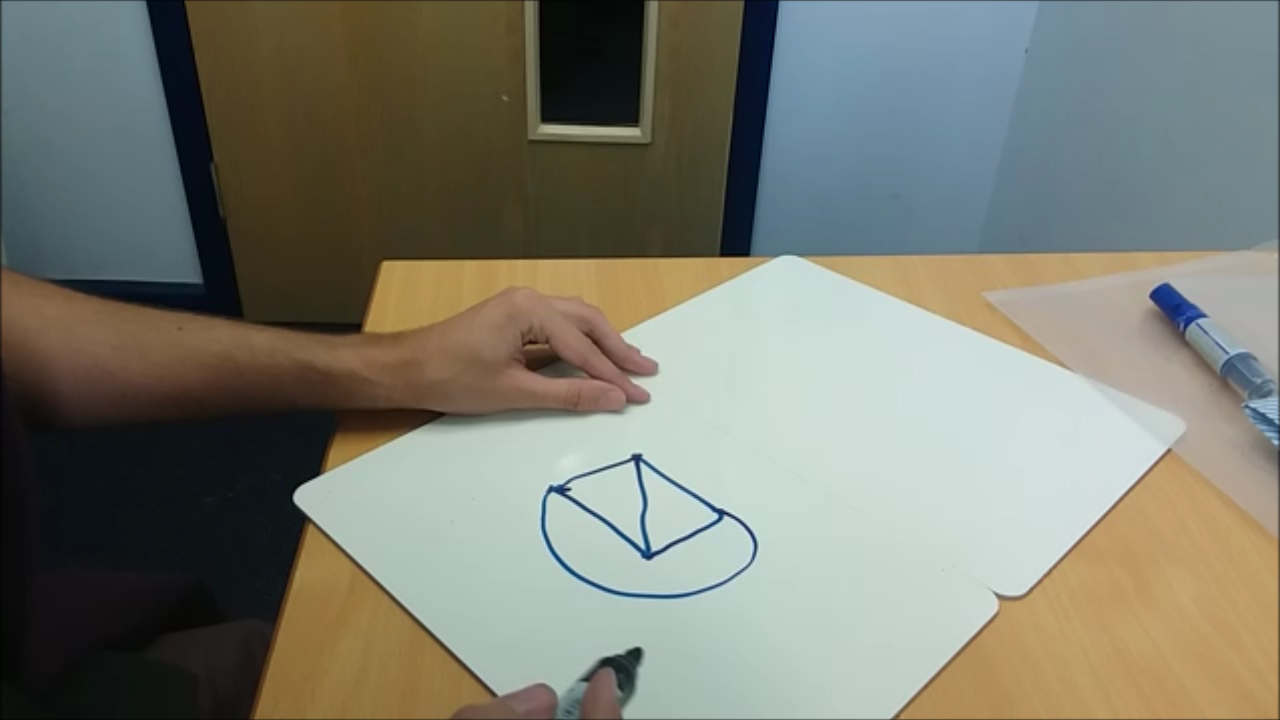Beal's Germination Experiment
Following on from the pitch drop I'm going to talk about the longest running on going experiment. In 1879 the botanist William James Beal prepared 20 bottles each containing 50 seeds of 23 different species and stored them underground and without water. The plan was to test how long a seed could retain the ability to germinate and it has huge implications for the seed bank project where we are trying to build a back up supply of every plant. This Noahs’s Ark of flora is carved into a mountain side in Svalbard and interestingly we have already had to make a withdrawal to replace a crop which went extinct in the wild.
The Entrance to the Svalbard Global Seed Bank. Sometimes called the Doomsday Vault.
In Beal’s experiment there were 23 separate species put into the bottles and the original plan was to open a bottle every 5 years and see how many of the 50 would grow. However as time wore on the custodianship of the original bottles was passed down and the later owners decided to extend the lifetime of the experiment by changing the opening to every 10 years and then later every 20 years.
The latest opening was in the year 2000 and we have collated the results. The most successful species, Verbascum, had a total of 25 plants germinate, with one subspecies counting for 23 of them. This success rate of 50% is incredibly encouraging. Most of the other plants are doing less well, with only one other species, Malva rotundifolia, producing a single plant.
The next one will be unearthed in 2020, but we have enough bottles left to get to the year 2100. While there are a couple of other experiments that started before, all have had long periods of disruption and down time, making this the longest actually continuous one.
William James Beal (standing with the beard) a man long outlived by his research.








